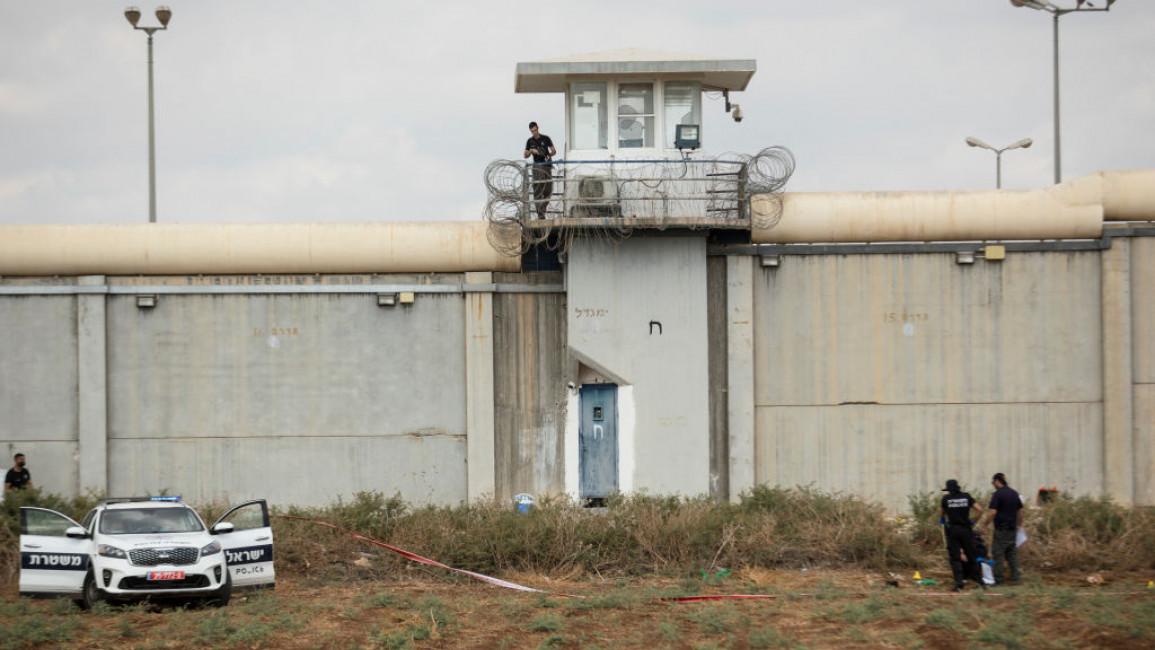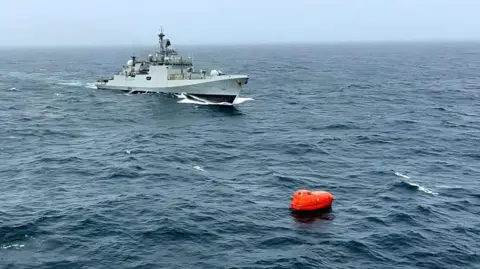
July 17, 2024
In Ukraine, aggression or violence against a transgender person based on transgender hostility would not lead to a criminal case on the infliction of bodily harm, because no law protects this category of people. Likewise, there is no concept of a ‘compatible partnership’ in Ukrainian legislation, which affects the rights of a gay partner in marriage, burial, inheritance issues, etc. Personal data of HIV patients often get disclosed to the Ukrainian law enforcement bodies, which violates the concept of medical confidentiality. ‘Projector’, a human rights defense NGO from Odesa has been at the forefront of legal protection of such vulnerable groups for over four years, thanks to the EU support.
“I was in the second year of my law degree at the Odesa National University. Once, on a trolleybus I saw a couple of young men enter, holding hands. Everyone on the trolleybus looked down on them, as if saying “They are gay! What a shame!” And it struck me that they belong to the category of vulnerable people who receive nothing but stigma and discrimination. In that moment I understood that I wanted to protect them. By chance, I came across an organisation which worked with HIV-positive people and the LGBT+ community. This is where I started to work and grow professionally.”

In 2022 Daniel was off at the front as a tank commander, taking part in the defence of Chernihiv


Vitalii is a Ukrainian lawyer, offering the prominent legal assistance to vulnerable groups of citizens
Vitalii Matvieiev is a Ukrainian lawyer, well-known in his home country for the prominent legal assistance he offers to vulnerable and marginalised groups of citizens – people living with HIV/AIDS, the LGBT+ community, victims of domestic violence, ex drug addicts, etc. His carrier started in 2019 with defending the case of an HIV-positive woman who was struggling for custody of her dying friend’s child. At that moment, the Ukrainian legislation denied HIV-positive individuals (and other categories of vulnerable people) the right to adopt a child. The process lasted two years, but, finally, the court handed down a favourable decision. The case led to the repeal of the discriminatory law.
This landmark trial reached many people across the country who found themselves in similar situations, and Vitalii was receiving hundreds of mails and messages. The key challenge was quite clear: an absence of organisations which would follow up on the problems of vulnerable community members on a legal level. Existing human rights organisations in Ukraine were “paralegal” − limited to a mere monitoring of violated human rights and crime recording, rather than bringing them to the court.
“Together with my friend Andrii Radetskyi we wished to establish a non-governmental organisation which would defend human rights and freedoms, having respect for the individual and recognising equal opportunities for everyone. So, in November 2019 we registered our NGO ‘Projector’ as a grassroots human rights defence organisation that provides legal and psychological assistance to individuals across the south of Ukraine and advocates for the rights of the vulnerable and marginalised groups of citizens,” the lawyer explains.
In 2020, Projector received support from the European Union through the European Endowment for Democracy (EED), which enabled the NGO to provide pro bono legal, psychological and information services to its clients. In the four years since, the Projector team has followed 100 cases, 72 of which were resolved in favour of the plaintiffs. It has also provided 1,453 psychological consultations and 3,135 legal consultations.
Daniel Johnson (30) is a Ukrainian military man. In 2022 he was off at the front as a tank commander, taking part in the defence of Chernihiv; there he was wounded and shell-shocked. After rehabilitation he was directed under the command of the airborne forces. “I am gay, and I do not hide it. It has never been a limit for me to perform my military service effectively. But the head of the command department conveyed that people like me ruin his service, and that being gay is a disease.” Daniel was demoted and sent to a reserve battalion. When he resigned from the service due to health issues, he was denied financial assistance while waiting for the medical certificate. “I also could not get the documents that confirmed my service in the combat zone and the awards that I had received there. They did not want to reward me, and it was discriminatory,” continues Daniel. “When I learned about Projector, I decided to address them to defend myself. Thanks to the NGO, I received all the payments, the certificate, my awards, as well as a disability pension. This public organisation is doing an amazing job!”
There is no law in Ukraine that protects the rights of the LGBT+ community. And if the problem was alarming in peaceful time, martial law has exacerbated it. “We were approached by the transgender community from all over Ukraine,” confirms Vitalii. “There were cases when these people were detained because of the difference between their appearance and their identification documents, which had not been changed due to lack of time. We have provided not only legal advice, but also psychological support as we noticed some suicidal intentions.”

Julia Familieva

Juliia Kohan
Julia Familieva (53) is an HIV-positive transgender woman. She is the programme coordinator of the pan-Ukrainian organisation of transgender people ‘Cohorta’. “I got to know Projector through a representative from our community, whose rights were violated by law enforcement agencies. The Projector lawyers followed her long and difficult case and won the trial. Since then, I have addressed the NGO’s team many times, because many transgender people are ashamed to seek help themselves if they face discrimination,” says Julia. A close collaboration between the two organisations resulted in 30 court victories on protection of transgender people’s rights and on the issues of gender transition.
Maintaining the privacy of HIV/AIDS-related information as well as of drug abuse treatment records was another common issue faced by the NGO lawyers. They registered cases of disclosure of personal data by doctors to law enforcement bodies, which could be used to persecute a person. Juliia Kohan (58), an HIV-positive former drug addict, found herself in this situation. Projector filed her lawsuit to the General Prosecutor’s Office, to the Ombudsman and finally to the court. “Though we are still waiting for the court’s decision, I’m hopeful, because my doctors have ceased to request data,” affirms Juliia.
Projector has triggered important work on the changes to relevant legislative acts. But above all, it has contributed to shaping a more tolerant attitude in Ukrainian society to vulnerable groups, creating an environment where all people are valued and respected.
“Until 2020, the level of stigma and closure of the LGBT+ community was enormous. Its members were scared to address law enforcement bodies. Now such fears are much reduced, as we – together with other civil society organisations working in the field – have established collaboration with the Regional Prosecutor’s Office and with the Ombudsman’s Office. We have carried out information and educational activities to increase legal literacy among our clients. We have highlighted high-profile cases in the mass media. And now I see that these people are more motivated and confident in defending their violated rights,” concludes the lawyer.
The initiative of the NGO Projector was funded by the European Union through the European Endowment for Democracy.
Author: Volha Prokharava

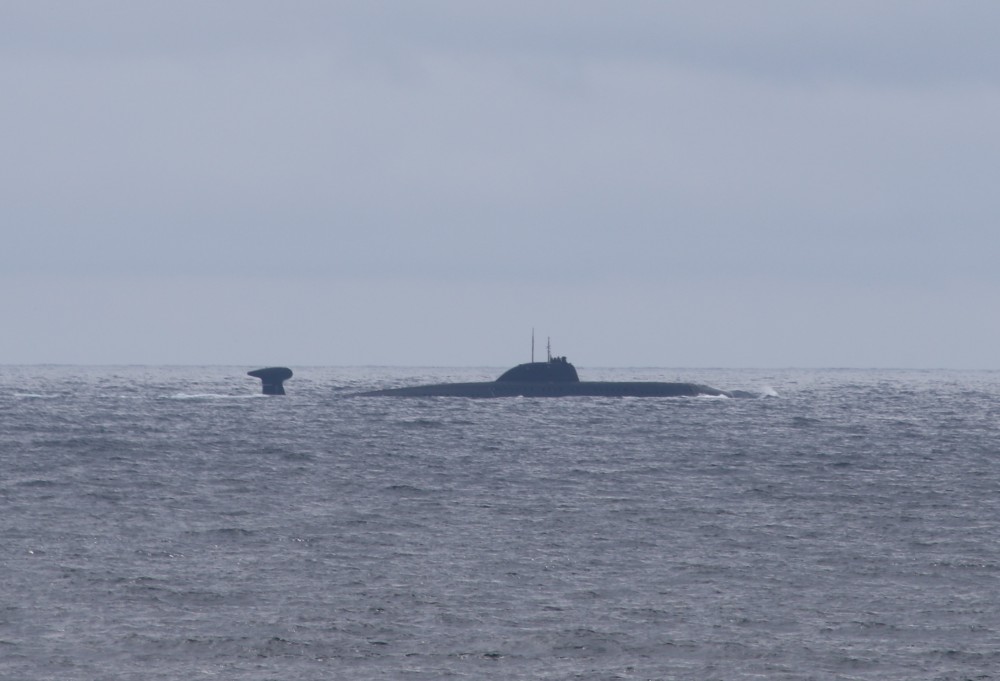
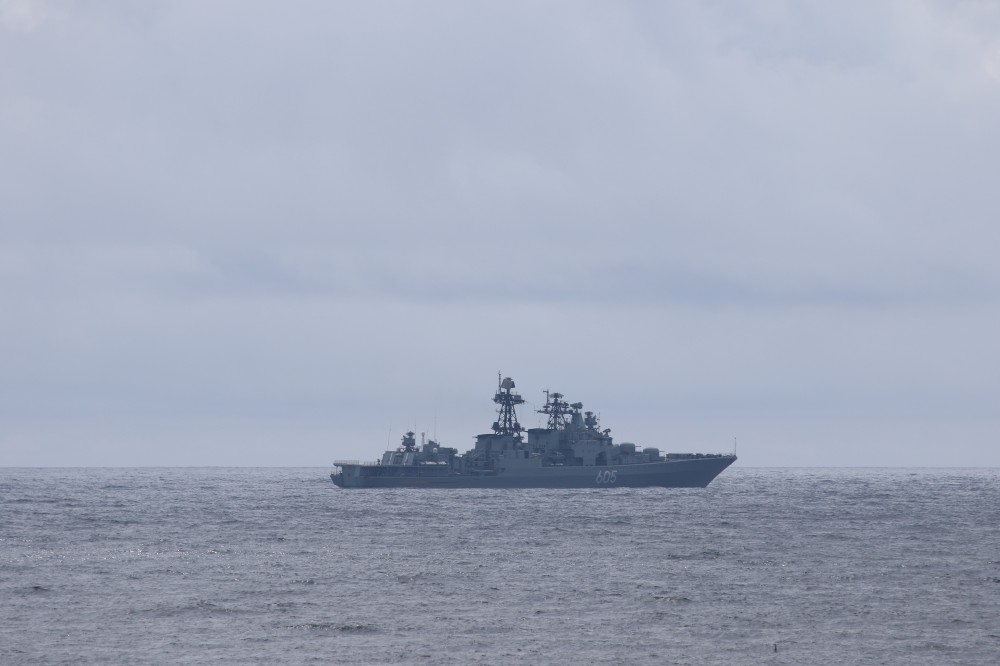
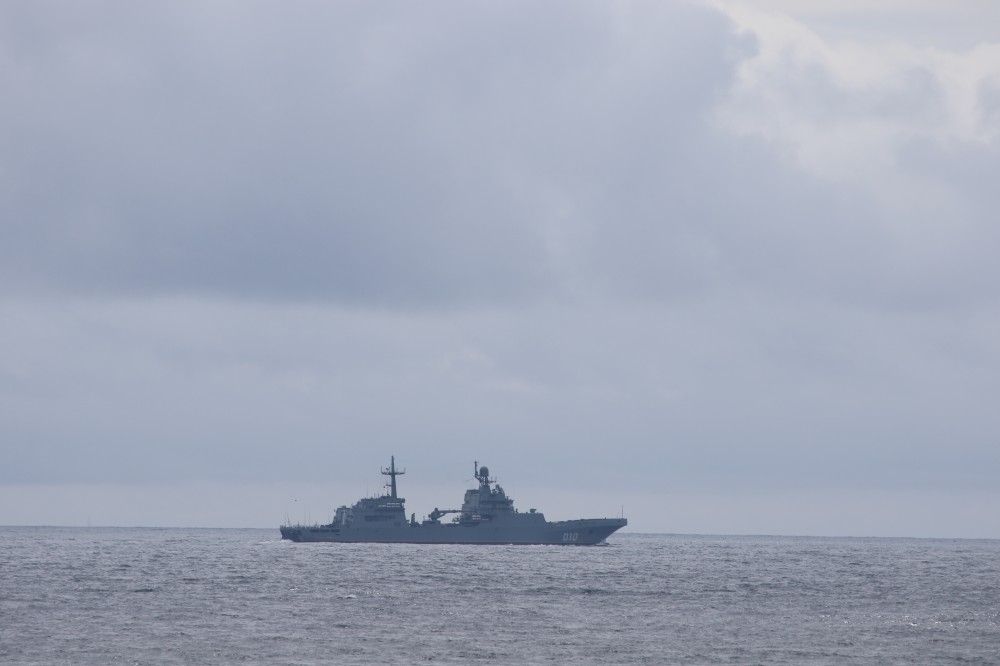
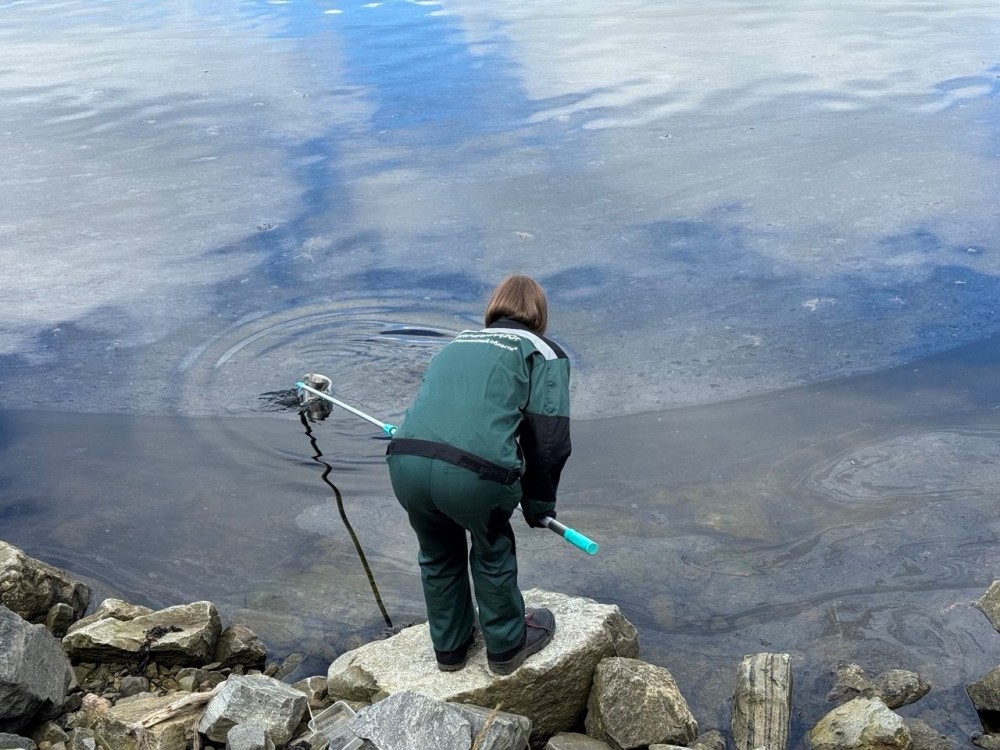
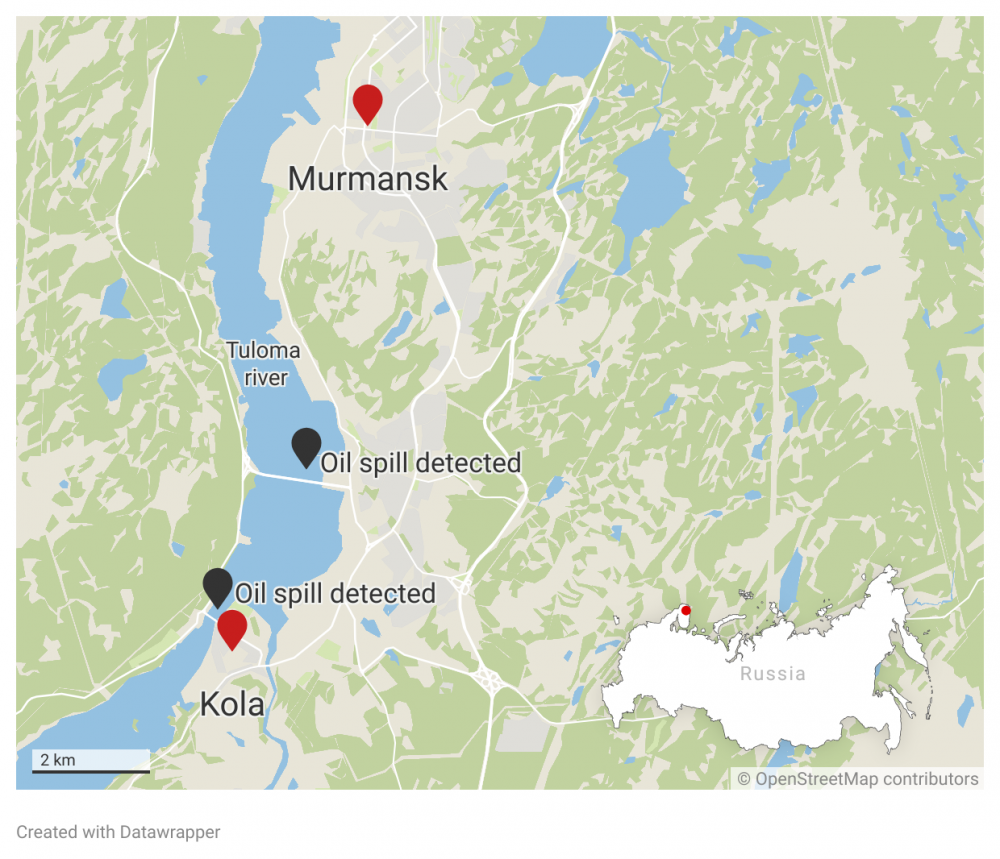

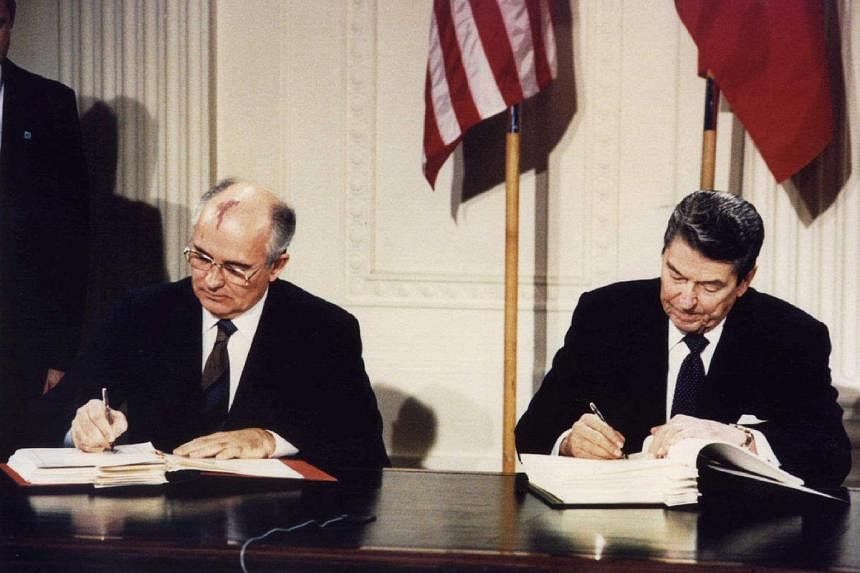
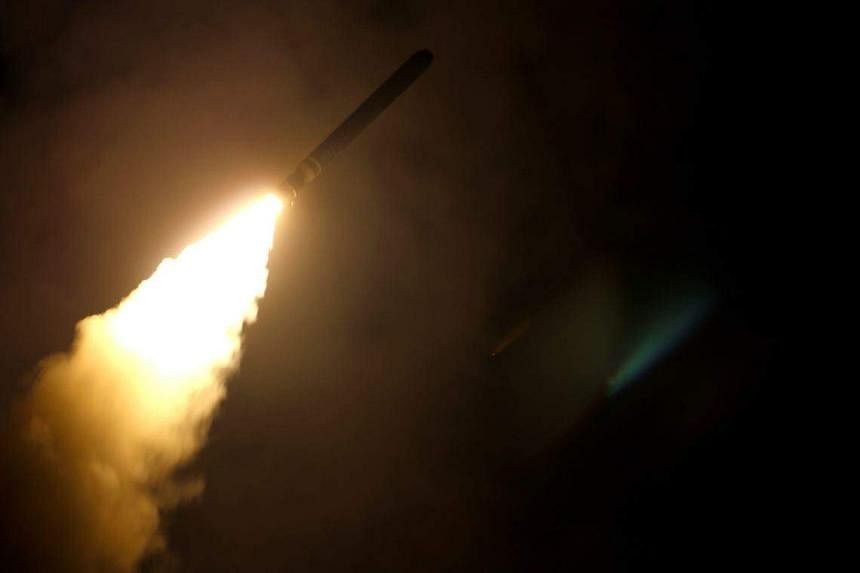

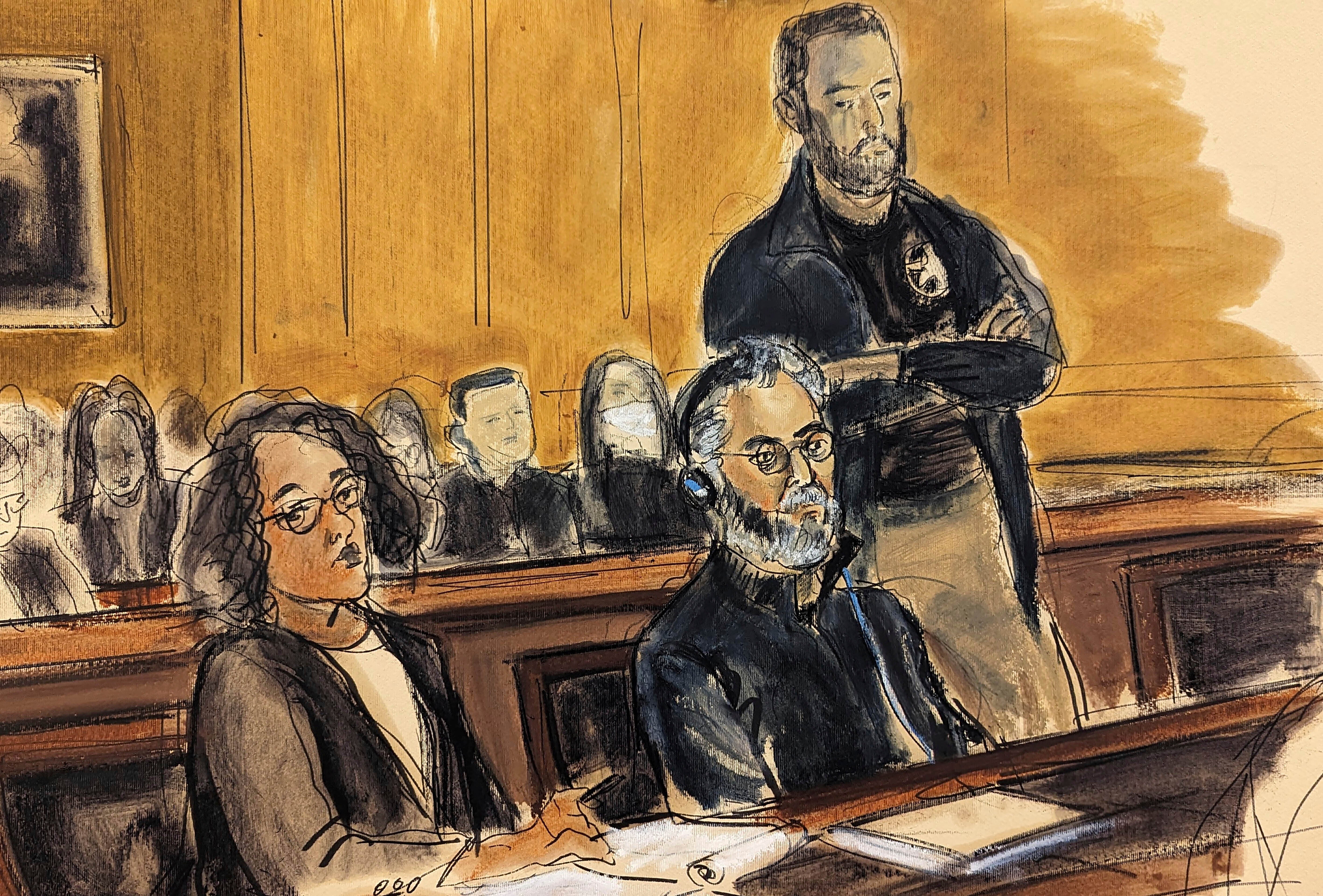


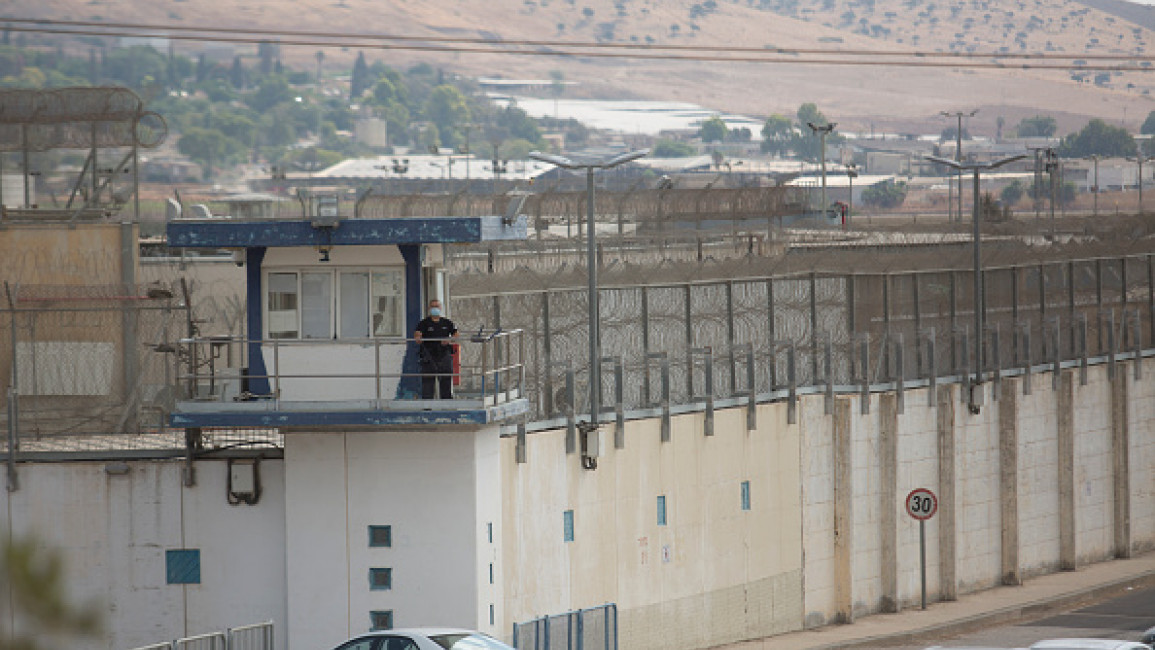

 In the weeks and months following 7 October, there was a spike in arbitrary arrests and reports of torture and humiliation used against detainees. [Getty]
In the weeks and months following 7 October, there was a spike in arbitrary arrests and reports of torture and humiliation used against detainees. [Getty]